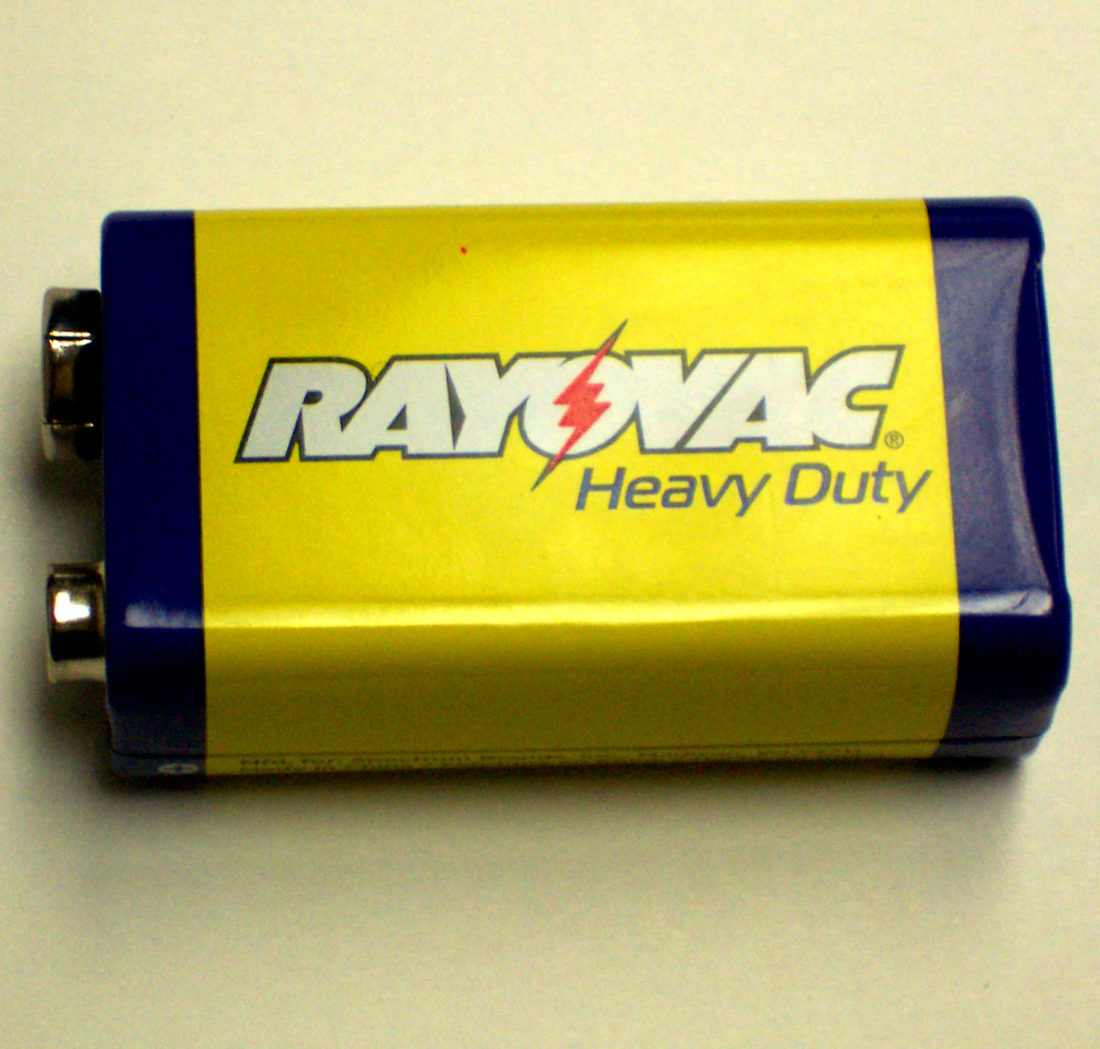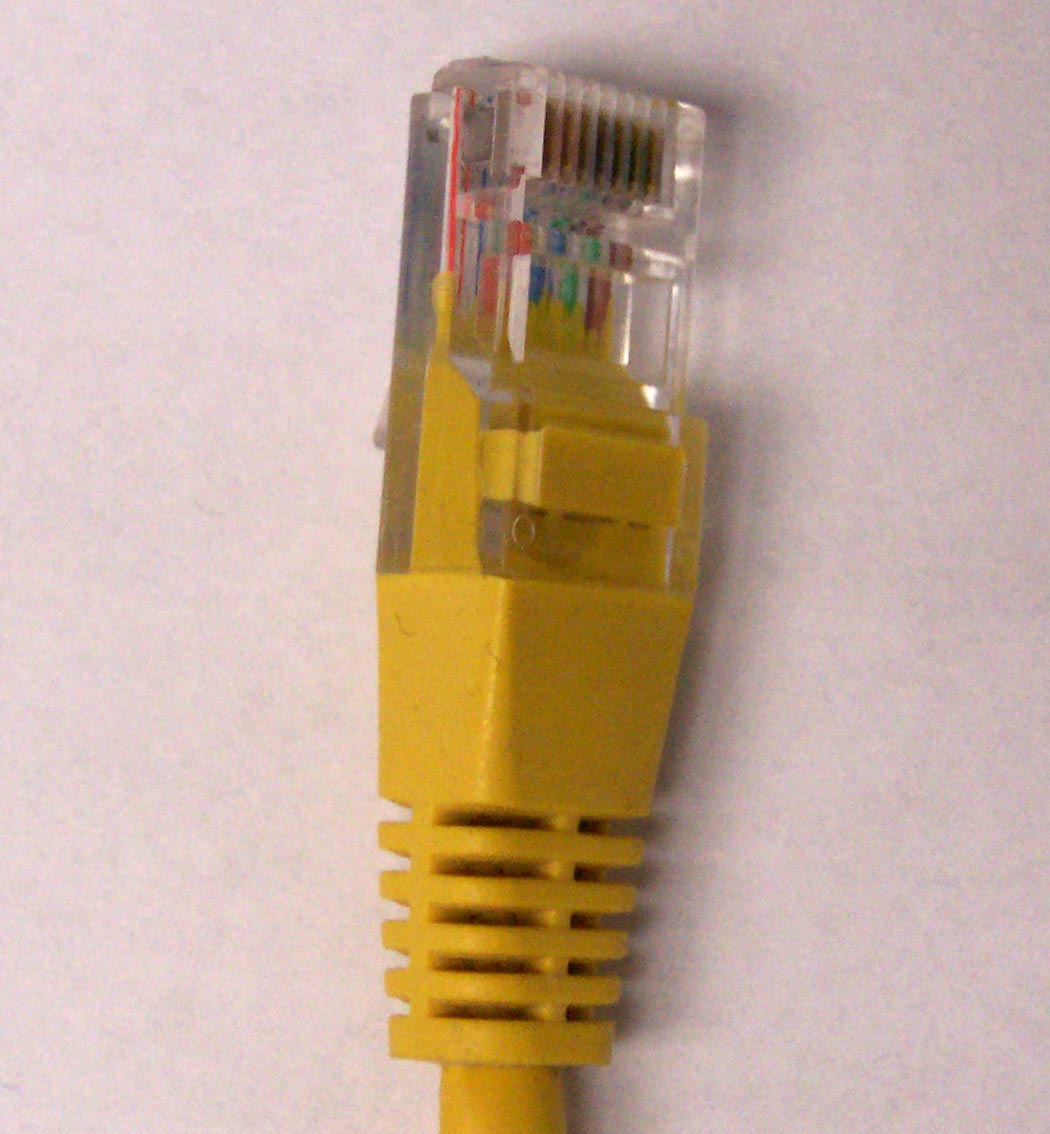HOW TO ELIMINATE RADIO INTERFERANCE ON CCTV
By: Frank McClatchie
If you install a lot of CCTV video systems, at one time or another you have probably experienced outside interference from one or more of a number of sources. The most common interference found in CCTV systems is ground loop 60 Hertz energy originating from the power industry that normally looks like two or more horizontal black bars across the monitor screen, however there is also radio interference.
However there are many other sources of interference that can be just as irritating and often harder to remove. It is some help to know that the number of interference bars or lines that you see on the screen can indicate what the frequency of the interference is, and that will help you locate the source of the problem.
One example is when you have a few dozen or so Vertical lines (usually white and jagged) running from top to bottom on the screen that move across the screen or dance around in one place. This type of problem can appear in your video picture if there is a source of interfering frequency in the low Kilo-Hertz range cross talking into the coaxial cable or directly into the camera via the power supply. The source of this interference is usually a UPS (Uninterruptable Power Supply) used to power your cameras and DVR.
If the vertical lines dance around in one spot like their doing the hula, it is a pretty good bet that the interference signal is coming from a line locked (synchronized with 60 Hz) square wave type UPS, the kind usually purchased for computer backups.
Those UPS units actually put out 60 Hz square wave AC power instead of the normal 60 Hz sine waves that you get from a wall socket. The normal 60 Hz sine wave signal has the majority of its energy at only one frequency, 60 Hz which is easy for the cameras internal power regulators to filter out. However the square wave has energy at all frequencies from 60 Hz up into many hundreds of Mega-Hertz and that signal cannot be effectively filtered out by the cameras internal regulators. So the 60 Hz square wave harmonic frequencies enter the camera through the power input and go straight through the regulators to the video amplifiers, where it is impressed on the video signal itself.
When your signal looks like that try turning off the UPS system and unplug it completely to insure that the square wave energy cannot get to the camera by any means. Then power up the camera with a plug in power supply locally to see if the problem subsides. If it does then you know you have to replace the square wave UPS with one made to put out semi-sign wave, or quasi-sign wave type power.
A square wave type UPS should never be used with analog equipment.Another form of high frequency interference makes the video look like you were viewing the picture through a screen door with hundreds of lines both vertical and horizontal forming a cross-hatch pattern that looks like woven material. This would indicate a vary high frequency in the many hundreds of Kilo-Hertz range.
Common sources for this kind of interference are AM Radio stations and FM radio Stations. The good news is that you have to be in very close proximity to the transmitting tower to have a problem. A station a mile away will not be a problem, however one across the street can get into your system. If you have this kind of interference, go outside and look around for any large antennas, especially on the building your system is being installed in. If your video shares the ground plain of a high power transmitter it will be difficult for you to get those irritating interference signals out of the picture.
Elimination of this form of high frequency cross-talk on a video cable or at the input of video amplifiers require an extremely effective high-frequency input balancing circuit to be effective. The F M Systems input balancing systems are extremely effective in canceling out RF interference in a CCTV video image.
If you discover this type of interference the solution is to place a balanced common mode high frequency rejection amplifier like the GB-1 in the video path at the DVR. This product will not only remove most forms of high frequency interference but it will also sharpen the picture image and block out low frequency ground loops.





